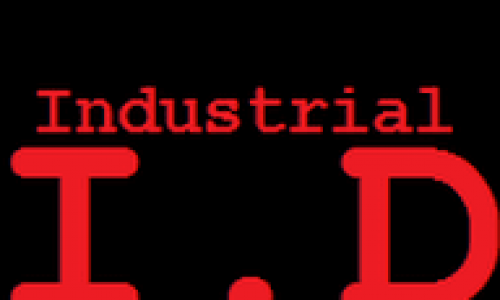Prior to 1991, the industrial relations system in India sought to control conflicts and disputes through excessive labor legislation. These labor laws were protective in nature and covered a wide range of aspects of workplace industrial relations like laws on health and safety of labors, layoffs and retrenchment policies, industrial disputes and the like. The basic purpose of these laws was to protect labors. However, these protectionist policies created an atmosphere that led to increased inefficiency in firms, over employment and inability to introduce efficacy. With the coming of globalization, the 40 year old policy of protectionism proved inadequate for Indian industry to remain competitive as the lack of flexibility posed a serious threat to manufacturers because they had to compete in the international market.
With the advent of liberalization in 1992, the industrial relations policy began to change. Now, the policy was tilted towards employers. Employers opted for workforce reduction, introduced policies of voluntary retirement schemes and flexibility in workplace also increased. Thus, globalization brought major changes in industrial relations policy in India. The changes can be summarized as follows:
- Collective bargaining in India has mostly been decentralized, but now in sectors where it was not so, are also facing pressures to follow decentralization.
- Some industries are cutting employment to a significant extent to cope with the domestic and foreign competition e.g. pharmaceuticals. On the other hand, in other industries where the demand for employment is increasing are experiencing employment growths.
- In the expansionary economy there is a clear shortage of managers and skilled labor.
- The number of local and enterprise level unions has increased and there is a significant reduction in the influence of the unions.
- Under pressure some unions and federations are putting up a united front e.g. banking.
- Another trend is that the employers have started to push for internal unions i.e. no outside affiliation.
- HR policies and forms of work are emerging that include, especially in multi-national companies, multi-skills, variable compensation, job rotation etc. These new policies are difficult to implement in place of old practices as the institutional set up still needs to be changed.
- HRM is seen as a key component of business strategy.
- Training and skill development is also receiving attention in a number of industries, especially banking and information technology.



